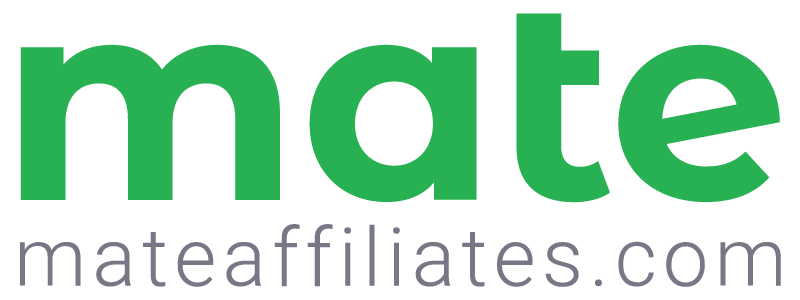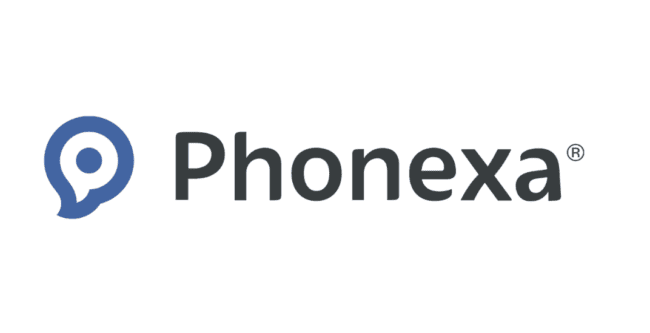Advertisers Brace for Uncertainty Amid Potential TikTok Ban in the U.S.

TikTok, the social media giant with over 170 million users in the U.S., faces a critical moment. On January 18, 2025, TikTok became inaccessible to its U.S. users following the enforcement of a federal law mandating its Chinese parent company, ByteDance, to divest its U.S. operations by January 19 or face a ban. This action was rooted in longstanding national security concerns over data privacy and potential misuse by the Chinese government.
However, within hours of the shutdown, President-elect Trump announced plans to issue an executive order delaying the ban’s enforcement, allowing time to negotiate a security deal. He proposed a joint venture where the U.S. would hold a 50% ownership stake in TikTok, aiming to address security concerns while keeping the app operational.
For advertisers, this uncertainty has prompted a scramble to rethink strategies and reallocate budgets, as TikTok has become an essential part of their digital marketing playbook.
This situation has broader implications for the digital marketing landscape, from how brands approach short-form video to the competitive dynamics between major platforms like Meta and YouTube.
Why TikTok Matters to Advertisers
Since its meteoric rise, TikTok has become a cornerstone for brands looking to reach younger, highly engaged audiences. Its algorithm, which surfaces highly personalised content, has made it a unique platform for driving both brand awareness and direct sales.
- Audience Engagement: TikTok’s users spend an average of 52 minutes daily on the app, making it a goldmine for advertisers seeking extended exposure.
- Creator-Driven Marketing: TikTok’s creator ecosystem allows brands to collaborate with influencers in ways that feel authentic and resonate deeply with users.
- E-commerce Integration: Features like TikTok Shop and shoppable video ads have enabled seamless shopping experiences, turning entertainment into conversions.
For many brands, TikTok isn’t just another social media channel – it’s a critical driver of growth.
The Potential Impact of a Ban
If TikTok is banned in the U.S. the fallout for advertisers could be significant. Many brands have built campaigns and strategies tailored specifically to the platform’s unique format and audience. Losing access would mean starting over on alternative platforms.
- Shift in Ad Budgets: Advertisers are already reallocating budgets to platforms like Instagram Reels, YouTube Shorts, and Snapchat Spotlight. While these platforms offer similar short-form video formats, none have been able to replicate TikTok’s level of engagement and discovery.
- Disruption to Creator Collaborations: A ban would upend the creator economy that TikTok has fostered. Influencers reliant on the platform would need to migrate to alternatives, creating challenges for brands in finding and building new partnerships.
- Loss of Organic Reach: TikTok’s algorithm provides unparalleled organic reach for brands. Without it, companies may need to rely more heavily on paid media, increasing advertising costs.
- Impact on Small Businesses: Many small businesses have found success on TikTok due to its ability to drive viral moments with minimal investment. A ban could strip them of a critical marketing channel.
Opportunities for Rival Platforms
While a TikTok ban poses challenges for advertisers, it presents opportunities for competing platforms. Meta’s Facebook and Instagram Reels, Google’s YouTube Shorts, and Snapchat Spotlight are all vying to capture TikTok’s displaced audience and advertising dollars.
- Instagram Reels: Already a popular choice for short-form video, Instagram Reels has the added benefit of seamless integration with Facebook’s ad network, making it a natural alternative for advertisers.
- YouTube Shorts: With its massive user base and robust ad tools, YouTube Shorts is well-positioned to attract brands looking for a reliable platform to replace TikTok.
- Snapchat Spotlight: Known for its younger audience, Snapchat Spotlight could gain traction among brands targeting Gen Z.
However, advertisers note that while these platforms offer similar features, none replicate TikTok’s unique content discovery and community engagement.
How Advertisers Can Adapt
In the face of uncertainty, advertisers must act quickly to mitigate the impact of a potential TikTok ban. Here are some strategies to consider:
- Diversify Marketing Channels: Over-reliance on any single platform is risky. Brands should explore other platforms like Instagram, YouTube, and Snapchat while investing in emerging platforms such as Pinterest’s Idea Pins or Reddit’s video ads.
- Strengthen First-Party Data Strategies: As platforms and algorithms shift, owning direct relationships with customers becomes increasingly valuable. Email marketing, loyalty programmes, and CRM tools can help maintain connections independent of social media.
- Leverage Influencer Relationships: Many TikTok influencers have established followings on other platforms. Brands should work with creators to migrate campaigns and audiences to alternative channels.
- Test and Optimise Across Platforms: Use this period of uncertainty to experiment with different platforms and ad formats. Understanding what works on Instagram Reels or YouTube Shorts now will position brands for success in the event of a TikTok ban.
The Bigger Picture
The uncertainty surrounding TikTok highlights a broader challenge for digital marketers: the need to remain agile in a rapidly changing environment. With regulatory scrutiny increasing worldwide, brands must be prepared for disruptions to their marketing strategies.
This situation also raises questions about the role of government regulation in shaping the digital landscape. A TikTok ban would not only impact advertisers but also the creators and consumers who have built communities on the platform.
What’s Next?
Today, as President-elect Trump is inaugurated, he is expected to sign the executive order formalizing the extension for ByteDance to divest its U.S. operations. This move will provide a 90-day window to negotiate a solution that satisfies national security concerns while keeping TikTok accessible to U.S. users.
Whether TikTok is banned, divested, or allowed to continue operating under stricter conditions, the ripple effects will be felt across the digital marketing ecosystem.
For advertisers, the key takeaway is clear: adaptability is essential. By diversifying channels, building direct customer relationships, and staying informed about regulatory developments, brands can navigate this uncertainty and emerge stronger, no matter the outcome.
TikTok may be at the centre of this moment, but the lessons learned will shape the future of digital marketing as a whole.






